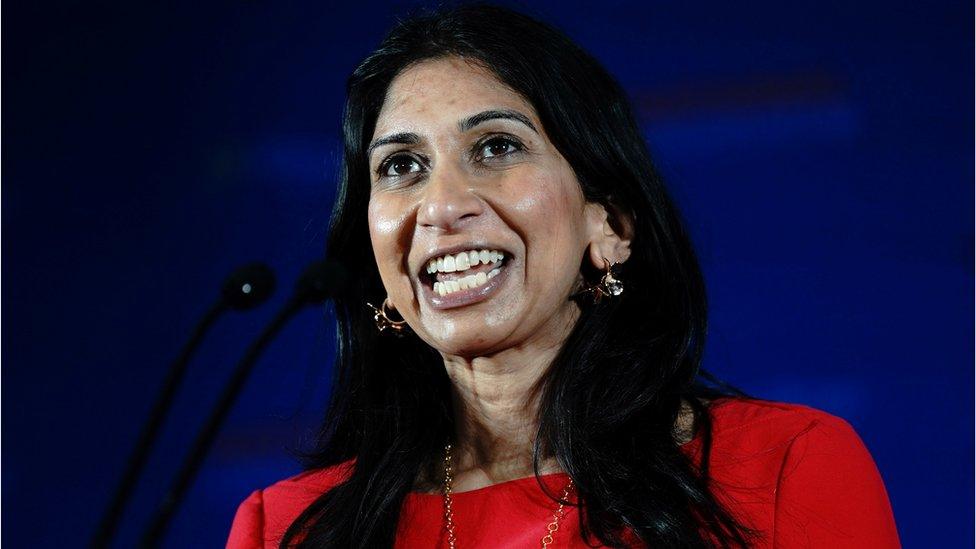Growing food insecurity a “stinging indictment”
- Published

A 'farm-to-fork' summit is aimed at addressing food insecurity in Britain, in response to farmer pressure, sharply increased prices and supply shortages.
In a wider context, United Nations reports show more than quarter of a billion people were facing severe food insecurity last year - an increasing number whose inability to get sufficient food put them in immediate danger.
If one response is to divert valuable grain from resource-intensive livestock farming, there is some reassurance for livestock farmers - the United Nations food agency reckons many women and children need more meat, dairy and eggs in their diet, but warns that farmers have to clean up.
Out of the frying pan and onto the political hotplate: rising prices, war in Ukraine and disruption of trade with Britain's nearest neighbours have together put the heat under food insecurity.
Rishi Sunak is convening a summit on food supplies at Downing Street on Tuesday, to look at inflation issues, the resilience of supplies after winter months of some empty fresh vegetable shelves, and export opportunities.
When the meeting was announced, fulfilling a leadership campaign promise to farmers, Minette Batters, president of the National Farmers Union, said: "The past 18 months have been a stark reminder of how vulnerable the nation's food security is.
"It has been a wake-up call for the importance of a secure domestic supply of food, and it is vital that the summit delivers actions, not just words."

On the even of the summit, Downing Street announced measures to tackle disruption in the horticulture and egg sector, using legal powers already deployed with pork and dairy. There are additional funds for promoting exports, including seafood, and tackling obstacles to export in foreign markets.
The prime minister's words make a big promise to producers on future trade policy.
"Farmers' interests will be put at the heart of trade policy," Mr Sunak says, "through a new framework for trade negotiations, committing to protect the UK's high food and welfare standards and prioritise new export opportunities."
Even one former Conservative agriculture secretary, George Eustice, says their interests were not protected adequately in the post-Brexit trade talks with Australia and New Zealand.
Farmers are warning that cheaper imports through those Pacific trade deals, plus a lack of clarity about the future subsidy regime (and this responsibility in Scotland falls to the Scottish government) make us more reliant on imported food, and undermine the job agriculture is doing to look after the countryside.
Meanwhile, the Home Secretary, Suella Braverman, on Monday exhorted us to become agricultural workers, rather than rely on migrant labour to pick British berries and post-Brexit non-Brussels sprouts.
Brink of starvation
Of course, food is traded globally and few places, if any, can be entirely self-sufficient. So while we may be rightly concerned about the 19% inflation rate for our grocery food basket, maybe it's time to get some perspective.
First, to point out that we're not alone. Some European countries, including Germany, have even higher food price inflation, but the average for the OECD, the rich country club is lower, at around 15%. The US and Canada are close to 10% food price inflation.
As with energy, most people in such countries are able to switch their spending from non-essentials to cover the extra cost. Even while spending more on food, the average British household is buying less food by volume, with significantly less spending on non-food retail.
Some of that shift is to cheaper cuts of meat or down-market 'value' brands. Some of it could lead to less waste of food.
A minority don't have that flexibility in relatively well-off countries. But what about poorer countries, where huge numbers lack the flexibility to absorb higher food prices?
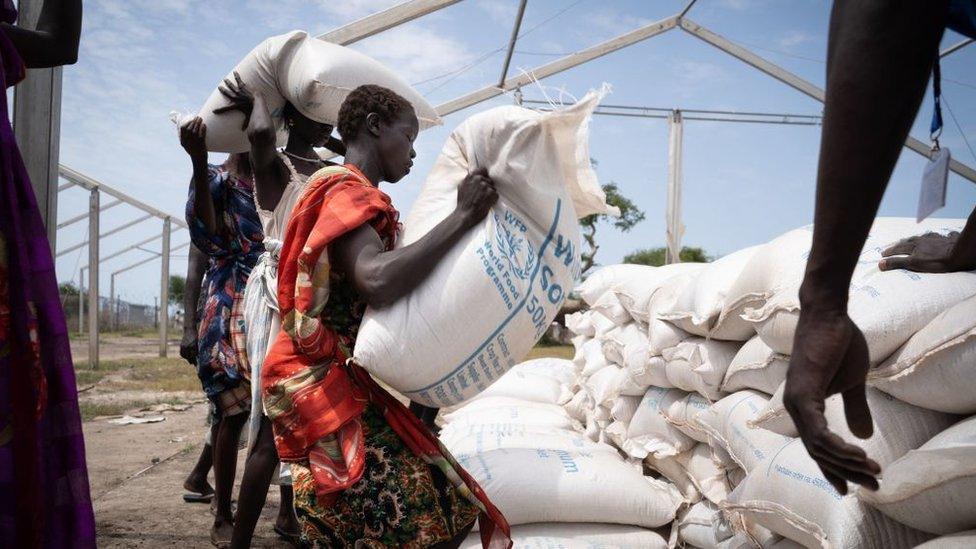
The Food and Agriculture Organisation (FAO) of the United Nations is a useful source of data and insights. It has recently published several reports of note. One was with a warning about the number of people and countries facing a severe increase in food cost and insecurity.
It said the number of people in that position, and requiring urgent food, nutrition and livelihood assistance, last year increased for the fourth consecutive year. Over a quarter of a billion people were facing acute hunger and people in seven countries were on the brink of starvation.
This does not include the many people with chronic malnourishment. Instead, it is a measure of a person's inability to consume adequate food, so that it puts their lives or livelihoods in immediate danger.
The Global Report on Food Crises, external, produced by the Food Security Information Network, found that around 258 million people in 58 countries faced acute food insecurity, up from 193 million people in 53 countries in 2021.
There is a statistical health warning. Some of this growth may reflect an increase in the population analysed.
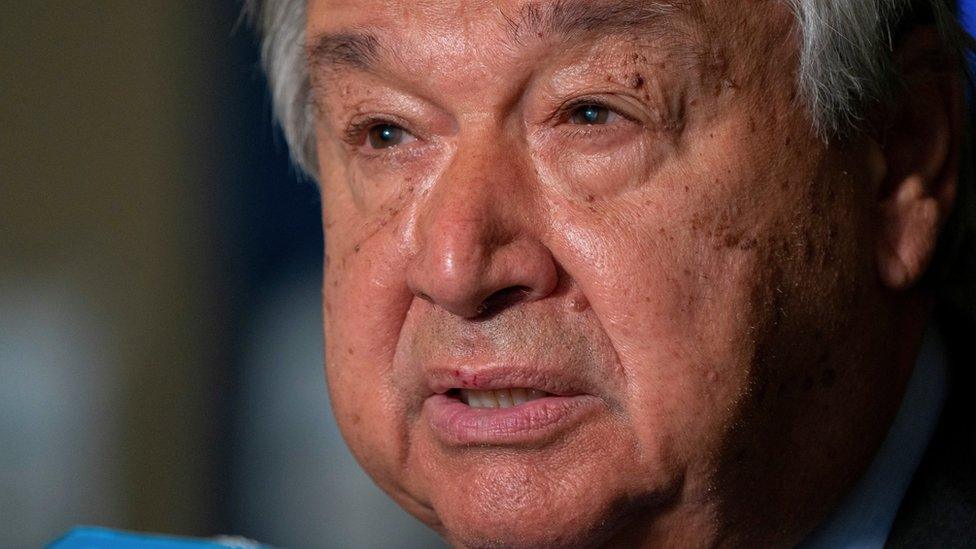
Antonio Guterres says governments should embrace a special tax on energy company profits
UN secretary-general Antonio Guterres warned: "More than a quarter of a billion people are now facing acute levels of hunger, and some are on the brink of starvation. That's unconscionable.
"It is a stinging indictment of humanity's failure to make progress towards Sustainable Development Goal 2 to end hunger and achieve food security and improved nutrition for all."
These goals were agreed through the United Nations in 2015, with a goal for achieving them by 2030.
Among the worst affected countries, and with 40% of those in the most at-risk category, were Afghanistan, the Democratic Republic of the Congo, Ethiopia, 21 states within Nigeria and Yemen.
War, including civil conflict, plays a part in driving up food costs and disrupting agriculture, and was the main driver for an estimated 117 million people facing food insecurity.
Increased child mortality
The FAO has since published a separate report warning that a particularly worrying type of locust has arrived in Afghanistan, deepening its troubles.
Other acute problems exist in Somalia, Haiti, Burkina Faso and South Sudan.
In 30 of the world's worst hit crisis areas, over 35 million children under the age of five suffered from wasting or acute malnutrition, with 9.2 million of them suffering from severe wasting, the most life-threatening form of undernutrition and a major contributor to increased child mortality.
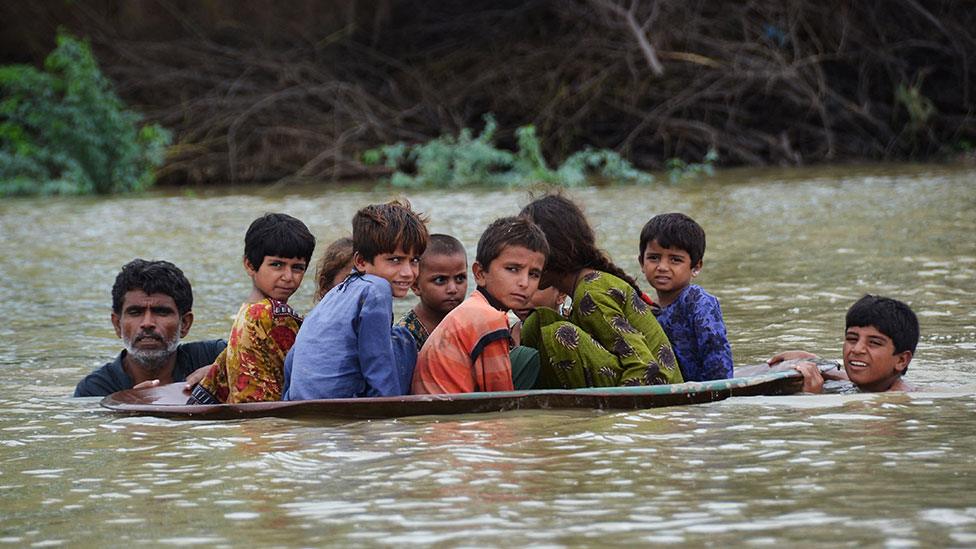
A satellite dish is used to move children across a flooded area after heavy monsoon rainfalls in Jafarabad district, Balochistan province, Pakistan last year
Extreme weather was the main cause of food insecurity for 57 million people, including those facing drought in the Horn of Africa and southern Africa, with devastating floods in Pakistan and cyclones in other countries.
A major cause of food insecurity far from the battlefront was war in Ukraine, estimated as the main cause for 84 million people in 27 countries.
It sharply pushed up prices of traded grains and cooking oil, and while that hit relatively well-off nations, the poorest countries were at the end of the queue for scarce resources.
Rice and worry
The FAO has an index of traded food commodities, which soared just after the Russian invasion of Ukraine, and then fell every month until last month, when it ticked upwards again.
Compared with April last year, the FAO food price index was 19.7% down, but it was still 5.2% higher than in April the previous year.
This is where the news looks less grim. With Ukrainian grain able to enter world markets through safe passage in the Black Sea, the disruption is seen as being less of a problem.
And although the cost of fertiliser rose steeply last year, much of it coming from Russia, the impact of its reduced use on crop yields does not seem to be disrupting world markets as much as some had feared.
This year's wheat harvest is forecast to reach 785 million tonnes, the second highest on record, beaten only by last year's crop. Maize is expected to see a bumper harvest in Brazil, not so much in Argentina, while South Africa's output is looking strong.
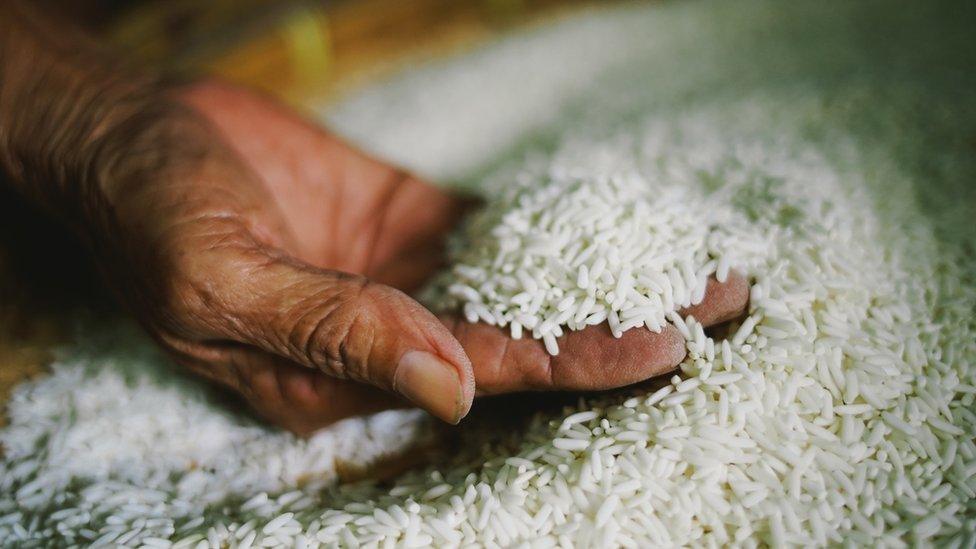
The sugar price index was up nearly 18% in April, reaching its highest level for 12 years due to reduced expectations of harvests in Asia and the European Union. In the UK, the Office for National Statistics says the price of retailed sugar is up by 42%.
That is caused by dry weather conditions, and is also pushed higher by a rise in the international price of crude oil.
Crude oil!? Yes, when that price goes up, there's a stronger financial case for diverting sugar production into the manufacture of ethanol as a substitute for oil.
Animal health worries
Before long, the world's aviation industry is also going to be competing for agricultural grain output to fuel aircraft, and reduce its carbon footprint.
The global meat price index also rose last month, driven by pig and poultry prices, as Asian demand increased and animal health worries curbed some production. Beef prices rose as the number of cattle being sold for slaughter fell, especially in the USA.
While other major commodities continued to decline in price, the FAO says one to watch is rice - a staple for many of the world's poorest people. Harvests were hit by higher input costs and adverse weather, as Asian import demand increased.
Under pressure, some governments choose to limit or ban food exports, contributing to a forecast fall in internationally traded rice of more than 4% this year.
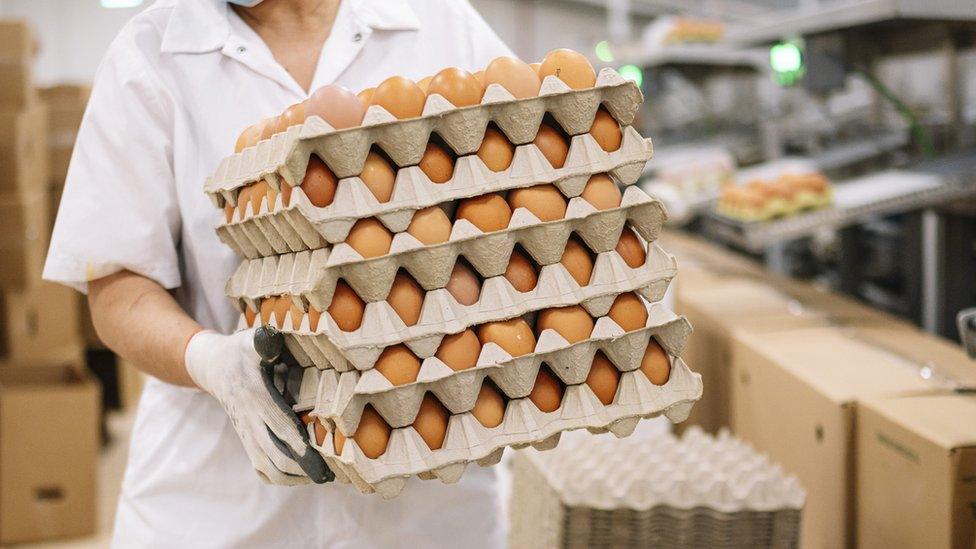
The FAO's chief economist, Maximo Torero said: "The increase in rice prices is extremely worrisome and it is essential that the Black Sea initiative (allowing Ukrainian exports) is renewed to avoid any other spikes in wheat and maize".
One answer to food shortages and insecurity is to redeploy a lot of grain and fishmeal from producing meat, with the argument that it is a highly resource-intensive and inefficient way to get the protein people need and so many millions of people lack.
It's a subject that gets livestock farmers riled up, notably in places - including much of Scotland - where there's not a lot you can do with land other than put sheep on it.
That's where another recent FAO report comes in. Published late last month, it addresses the question of whether meat, dairy and eggs are required in the human food chain.
'Crucial sources of nutrients'
The report claims to be the most comprehensive analysis so far of the benefits and risks of consuming animal source food, drawing from more than 500 scientific papers and 250 policy documents.
The reliability of the source of such papers is open to dispute, where vested interests in the food industry have a lot of influence. But the conclusion is that "meat, eggs and milk offer crucial sources of nutrients which cannot be obtained from plant-based foods".
Or to be more precise, they cannot be obtained in sufficient quality and quantity. This is particularly important during pregnancy, lactation, childhood, adolescence and older age, the study claims.
Iron, zinc and vitamin A are notably absent from too many children and pregnant women, it says, affecting more than half of pre-school children and 1.2 billion women of child-bearing age.
Three-quarters of these children live in south and east Asia, sub-Saharan Africa and the Pacific.

Covid has been linked to animals sold in the Huanan seafood and wildlife market in China
The report demonstrates how widely varied is the use of meat and dairy in diets. A person in the Democratic Republic of the Congo consumes on average only 160 grams of milk a year, while someone in Montenegro consumes 338 kilograms.
A person in South Sudan consumes 2 grams of eggs on average each year, compared to an average 25kg for a person in Hong Kong. The average person in Burundi consumes just 3 kg of meat a year, compared to 136 kg for someone living in Hong Kong.
Not such good news for meat producers is the conclusion that processed red meat, even in small quantities, is linked to increased risk of chronic disease and early death. But unprocessed red meat, in moderation, has not been shown to carry those risks.
Better news still for the world's livestock farmers is the FAO conclusion that evidence of links to common life-threatening conditions such as heart disease, strokes and hypertension are inconclusive for milk and not significant for eggs and poultry.
Overgrazing concerns
But the critics of meat production get more support on other fronts, with reminders that the industry has big challenges if it is to reduce the environmental impact of deforestation to clear land for grazing, of greenhouse gas emissions from animals, of unsustainable water and land use, and of pollution from intensive farming.
The list goes on: concerns about overgrazing and poor animal welfare, the problems for human and animal health from overuse of antibiotics, and the risk of transferred disease from animals or from the food they produce, which may have led to the Covid-19 pandemic and could do likewise again.
There are also social issues, of the fairness of a food production system that uses so much to make protein for richer countries, while others find grain prices getting out of reach.
Food insecurity is rarely a problem of insufficient food. It is more often a problem of affordable food, and how it is distributed… which brings us round the world and back - with some more perspective, I hope - to that "farm-to-fork summit" of government leaders and food producers in Downing Street.
Related topics
- Published16 May 2023
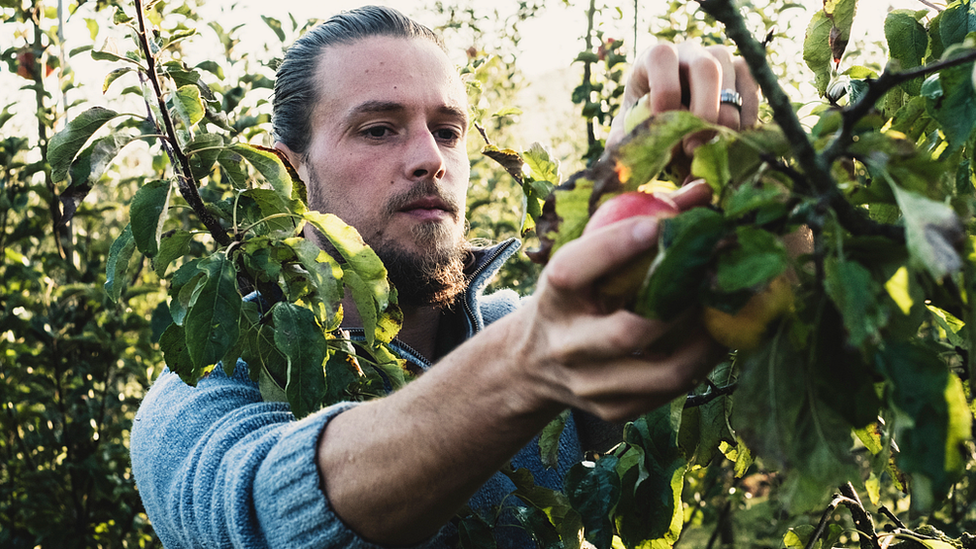
- Published15 May 2023
